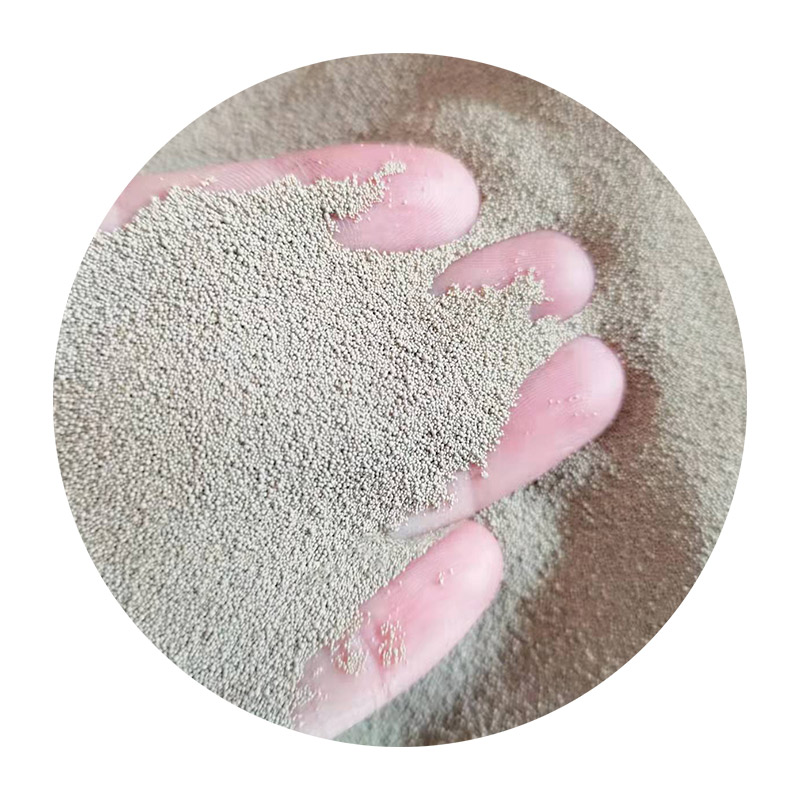The Evolution and Impact of 3D Sand Printing
In recent years, 3D printing has revolutionized various industries, and one of the most exciting developments within this realm is 3D sand printing. This innovative technology employs advanced additive manufacturing techniques to create complex sand molds and cores for various applications, particularly in the foundry and casting industries. As we explore this fascinating technology, we uncover its advantages, applications, and potential future developments.
3D sand printing utilizes a process called binder jetting, where a liquid binding agent is selectively deposited onto a bed of sand particles layer by layer. This process results in a solid structure, which can then be used directly for casting or as a prototype for further refinements. Unlike traditional sand casting, which often requires labor-intensive and time-consuming molding processes, 3D sand printing streamlines production, drastically reducing lead times and increasing design flexibility.
The Evolution and Impact of 3D Sand Printing
Moreover, 3D sand printing is both efficient and sustainable. The technology minimizes material waste by precisely using only the sand required for the mold. Additionally, since 3D sand printing can utilize sand sourced locally, it mitigates transportation costs and lowers the overall carbon footprint associated with traditional casting methods. As industries strive to adopt more sustainable practices, this technology presents a compelling solution.
3d sand printing

In terms of applications, the potential for 3D sand printing is vast. The foundry industry stands to gain immensely, with manufacturers able to produce molds that conform exactly to the design specifications of products, resulting in high-quality castings. Furthermore, the capability to rapidly prototype new designs allows for innovation cycles to accelerate, ushering in new products to the market faster than ever before.
Outside of traditional manufacturing, 3D sand printing is also making waves in art and architecture. Artists and architects can leverage this technology to create sculptures and building components that push the boundaries of creativity and functionality. By enabling unique artistic expressions and architectural forms, 3D sand printing contributes to the evolving discourse surrounding contemporary design practices.
As we look towards the future, 3D sand printing is poised for further advancements. Enhanced materials, such as advanced polymers and composites mixed with sand, are being developed to expand the functional range of printed components. Additionally, the integration of artificial intelligence and machine learning into the design and printing process could optimize output, making production even more efficient and precise.
In conclusion, 3D sand printing represents a remarkable advancement in the field of additive manufacturing, with transformative implications for various industries. Its ability to produce complex geometries with minimal waste positions it as a key player in the pursuit of efficiency and sustainability. As this technology continues to evolve, it promises to further revolutionize how we conceive and manufacture products, leading to a more innovative and environmentally-conscious future. The blend of technology, creativity, and sustainability encapsulates the potential of 3D sand printing, making it an exciting area to watch in the coming years.
Post time:12月 . 21, 2024 07:29
Next:Understanding the Time Required for Sand Casting Processes and Techniques
